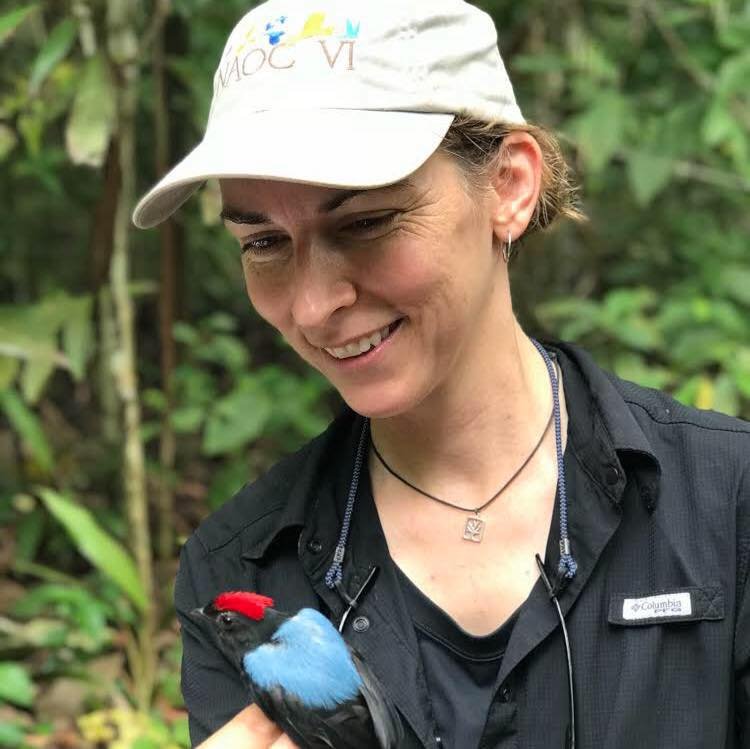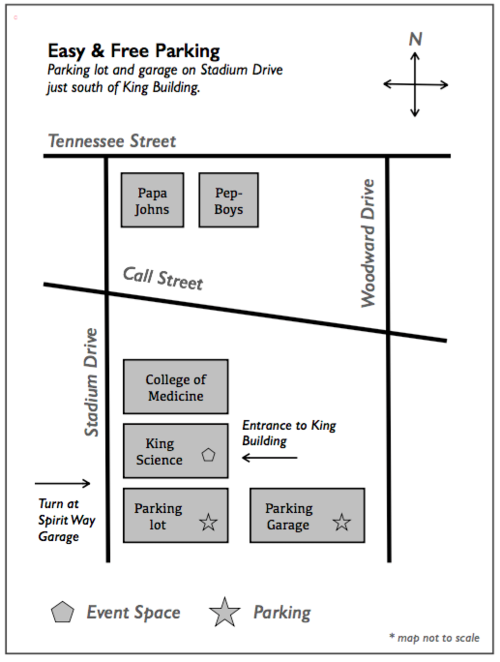Dancing birds, choosy mates, and how combining tropical fieldwork with mathematical modeling might change the world.
YouTube recording of this presentation: https://youtu.be/LPfGF3IVTNk
About the DuVal Lab Manakin Research
The Lance-tailed Manakins on Isla Boca Brava have been monitored by Emily DuVal and colleagues since 1999 as part of a long-term study of cooperation and mate choice.
This project is conducted on a 46 hectare area of secondary growth dry tropical forest at the eastern end of Isla Boca Brava, Chiriquí Province, Panamá. The dry tropical forest ecosystem has a long dry season and is predominated by deciduous trees that leaf out dramatically as the rains start in April and May each year. Lance-tailed Manakins, Chiroxiphia lanceolata, thrive in the thick underbrush that grows beneath the canopy and are abundant on the study site.
Read more and watch video recordings at the manakin live cam website, posted at the Cornell Lab of Ornithology.
About Emily DuVal
Emily DuVal holding a Lance-tailed Manakin
Emily DuVal’s primary area of interest is behavioral ecology. Her research program, The DuVal Lab, explores the evolution of social behavior in animals, particularly birds, with an emphasis on cooperation, sexual selection, and reproductive strategies. She combines field studies of behavior, demography, and morphology with genetic analyses of the relationships between individuals to test hypotheses about the forces that create and maintain social complexity.
Her current projects investigate (1) the adaptive basis of female mate choice in the absence of direct benefits (i.e. territory quality or paternal care); (2) the effects of complex mating strategies on temporal and spatial genetic variation at the population level; (3) the mechanisms of mate choice from both male and female perspectives; and (4) the balance between male competition and female mate choice in determining the opportunity for sexual selection to occur. Her present research uses lance-tailed manakins as a model system.
Banner photo — Lance-tailed Manakin by Greg Kanies, courtesy of Wikimedia



